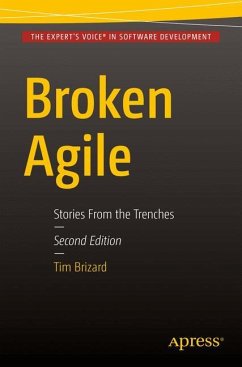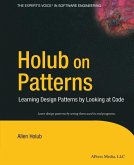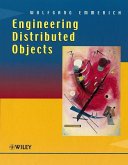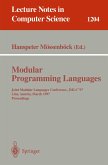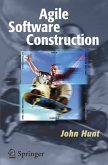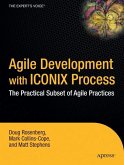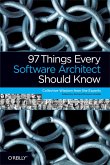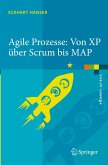Learn how to be successful in adopting Agile and see good and bad examples of how Agile can be adopted. Broken Agile, Second Edition contains stories from years of real world experience on Agile teams and projects. The stories in each chapter are both educational and entertaining. Each chapter focuses on specific Agile values and principles. The stories in each chapter are used to illustrate how Agile values and principles are sometimes misunderstood or misapplied on Agile teams and projects. You will read how Agile is used in the real world and the consequences of poor adaptations of the Agile software development methodology. These stories will help you in your journey to adopt Agile software development.
What You'll Learn What are good and bad examples of how Agile can be adopted What are some specific Agile values and principles How some of these are misunderstood or misapplied How Agile is used in the real world What are the consequencesof poor adoption of the Agile software methodology How some companies have been successful in adopting Agile
AudienceThis book is for experienced software developers in their journey to adopt Agile Software development. It is very useful for those considering implementation of Agile processes.
What You'll Learn What are good and bad examples of how Agile can be adopted What are some specific Agile values and principles How some of these are misunderstood or misapplied How Agile is used in the real world What are the consequencesof poor adoption of the Agile software methodology How some companies have been successful in adopting Agile
AudienceThis book is for experienced software developers in their journey to adopt Agile Software development. It is very useful for those considering implementation of Agile processes.

